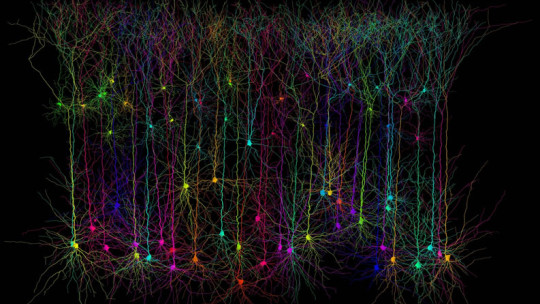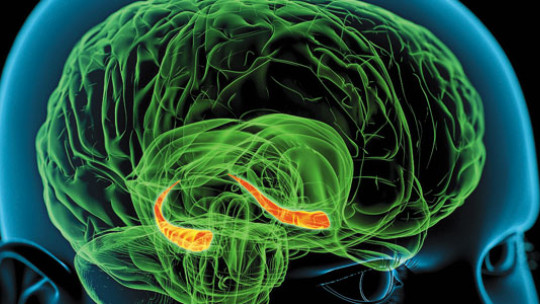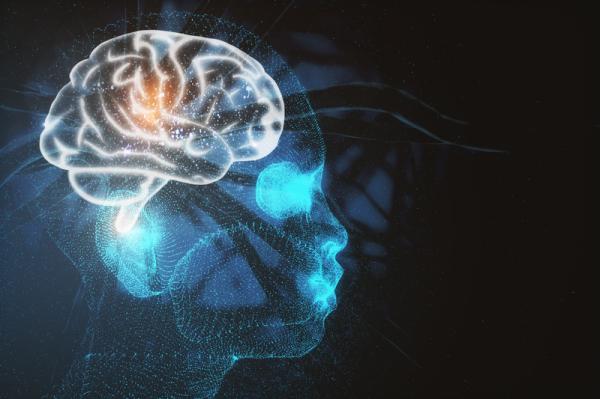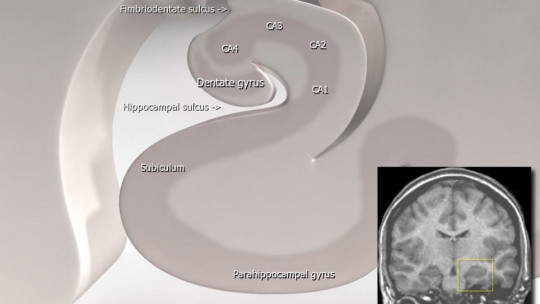Psychologists have extensively studied learning and the application of memory to this process. In this study, different types of memory have been distinguished and, among them, we highlight declarative memory, which we will explain below in this PsychologyFor article.
In this area, you should know that declarative memory (or explicit memory) is a concept introduced by Larry Squire in 1987, and it is a type of memory accessible to knowledge that can be remembered verbally or non-verbally. Do you want to know more about this topic? In this article we will analyze together What is declarative memory, its types, characteristics and examples
What is declarative memory
declarative memory contains memories of life episodes and those relating to the general background of the individual. It represents the overcoming of the dichotomy between semantic and episodic memory, contrasting it with procedural memory, that is, the ability to remember how a task is developed.
People use declarative memory daily, remembering, for example, the time of an appointment or an event from years ago: declarative memory, in effect, involves conscious memory regarding procedural, or implicit, memory, which is a form of unconscious, non-intentional memory.
Remembering a specific driving lesson is an example of explicit memory, while improved driving skill as a result of the lesson is an example of implicit or procedural memory.
Types of declarative memory
Now that you know what declarative memory is, it will be easier for you to understand its different types:
Episodic memory
This type of declarative memory consists of the storage and recall of observational information. associated with specific life events These can be memories that happened directly to the subject or just memories of events that happened around them.
Episodic memory allows for “mental time travel,” remembering various contextual and situational details from previous experiences. An example of episodic memory is the memory of putting away carry-on luggage while boarding a plane to a specific destination on a specific day and time.
The recovery of these episodic memories can be thought of as the action of mentally relive in detail past events that affect us. Episodic memory is believed to be the system that provides basic support for semantic memory.
Semantic memory
It refers to general knowledge of the world (facts, ideas, meanings and concepts) that can be articulated and independent of personal experience. This includes world knowledge, object knowledge, language knowledge, and conceptual priming.
Semantic memory is different from episodic memory, which is our memory of specific experiences and events that occur during our lives. Learn about the dissimilarities in detail in our post Difference between episodic and semantic memory.
As an example, semantic declarative memory could contain information about what a cat is, while episodic memory could contain a specific memory for petting a particular cat.
We can also learn new concepts applying our knowledge acquired in the past. Other examples of semantic memory include types of foods, capital cities of a geographic region, or the vocabulary of a common language, as well as the specific vocabulary of a person.
autobiographical memory
It is defined as a declarative memory system made up of episodes collected from the life of an individual, based on a combination of episodic memories (personal experiences and specific objects, people and events experienced at a specific time and place) and semantic memories (general knowledge and facts about the world that directly affect us).
Spatial memory
It is the part of declarative memory responsible for the recording of information about your environment and your spatial orientation For example, a person’s spatial memory is needed to navigate within a familiar city, just as a mouse’s spatial memory is needed to learn the location of food at the end of a maze.
It is often stated that, in both humans and animals, spatial memories are summarized in a cognitive map Additionally, spatial memory has representations within working, short-term, and long-term memory. Research indicates that there are specific areas of the brain associated with spatial memory.
Characteristics of declarative memory
Next, we will see the main features of declarative memory, which includes episodic, semantic, autobiographical and spatial memory, as we have already seen.
- It has a neural structure : These structures that are involved in declarative memory are mostly found in or closely related to the temporal lobe, such as the amygdala, hippocampus, rhinal cortex in the temporal lobe, and prefrontal cortex.
- It is made up of the nuclei in the thalamus : This is because many connections between the prefrontal cortex and the temporal cortex pass through the thalamus.
- Receives connections from the neocortex : These connections occur because the regions that make up the declarative memory circuit receive connections from the neocortex and brainstem systems, including the acetylcholine, serotonin, and norepinephrine systems.

Examples of declarative memory
Throughout our lives we learn many things, for example, that the capital of Thailand is Bangkok, or that Darth Vade is Luke Skywalker’s father. We also store memories of events in our lives, such as “Yesterday’s neuroscience test was fun” or “I went swimming with my dog named Marley when I was 5 years old.”
These examples are part of the functions of declarative memory. That is to say, memories of facts and events They are defined as declarative memories. Remembering a poem or a phone number by heart and being able to recall it and declare it at any time is a classic exercise in declarative memory.
If you found this article on what declarative memory is useful, we recommend that you expand your knowledge on the subject with our post Types of human memory.
This article is merely informative, at PsychologyFor we do not have the power to make a diagnosis or recommend a treatment. We invite you to go to a psychologist to treat your particular case.
If you want to read more articles similar to Declarative memory: what it is, types, characteristics and examples we recommend that you enter our Neurosciences category.
Bibliography
- Kolb, B., & Whishab, I. (2003). Human neuropsychology. Paramericana Medical Publishing House.









